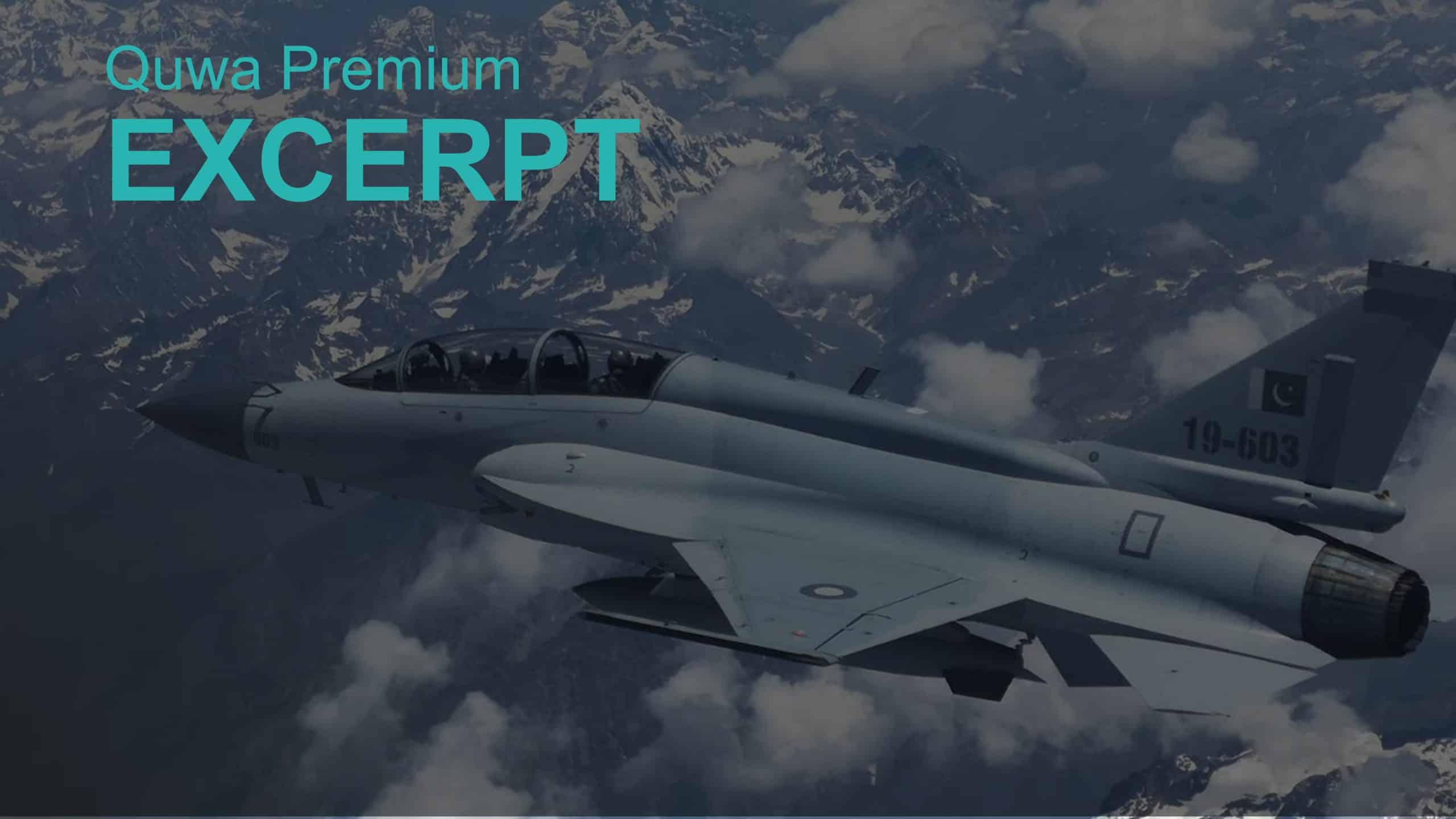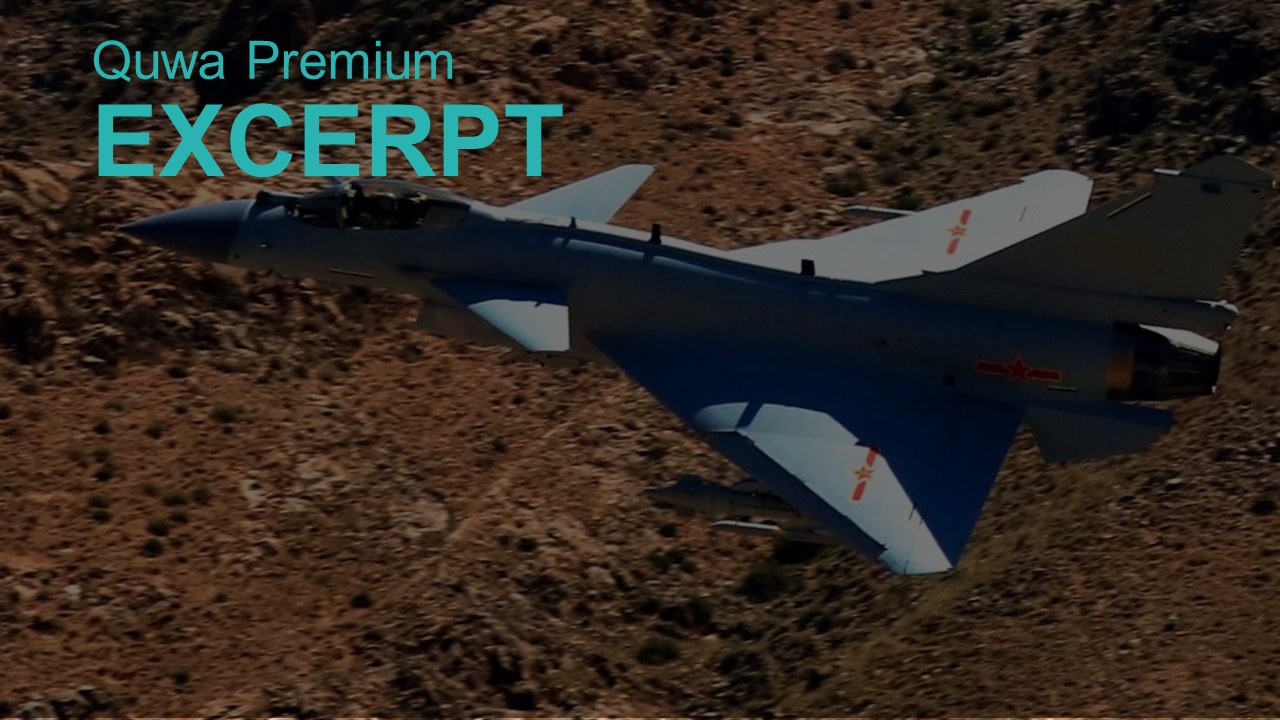7280Views
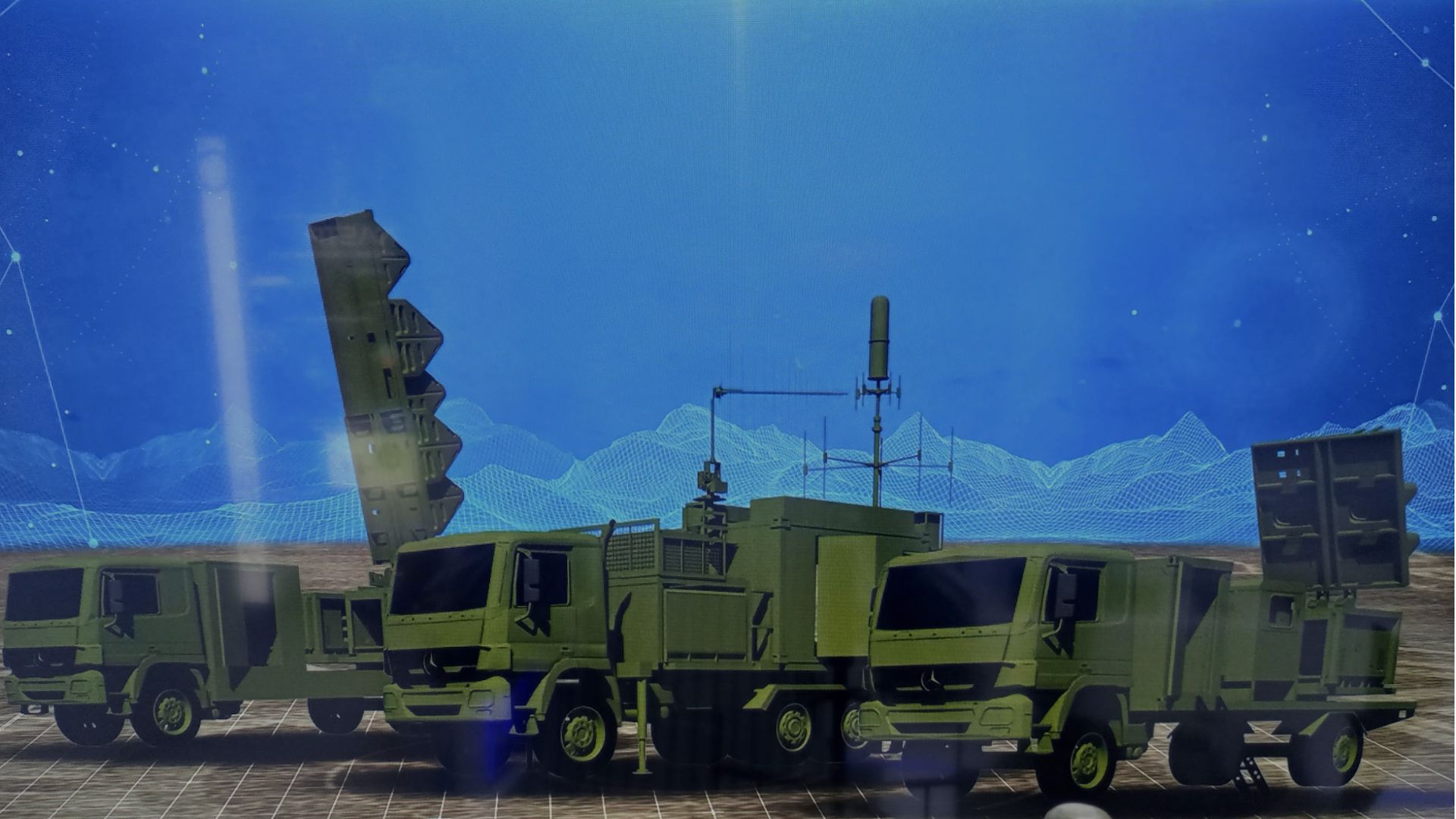
The Pakistan Air Force’s In-House EW Projects Stride Forward Quwa Premium
This article was written by Farooq B, an open source intelligence (OSINT) analyst specializing on Pakistani defence procurement and development programs. For more of Farooq’s insights, follow him on X.
The Pakistan Air Force’s (PAF) efforts to enhance its ground-based electronic warfare (EW) capabilities have progressed significantly over the past three years.
In the past, the PAF had left domains like EW relatively untouched. But now, EW programs are at the forefront of the PAF’s modernization efforts, with significant investment going into both off-the-shelf solutions from abroad and indigenous programs.
Communications-Electronic Warfare (C-EW)
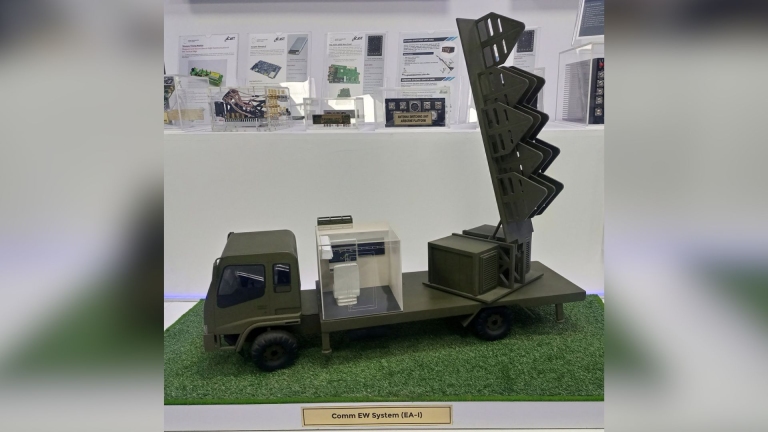
The C-EW program is among the PAF’s flagship initiatives. With it, the PAF is aiming to develop a locally matured communications intelligence (COMINT) EW system (EWS).
At the 2024 International Defence Exhibition and Seminar (IDEAS 2024), the PAF’s National Aerospace Science and Technology Park (NASTP) showcased what appeared to be a significantly upgraded variant of a previous land-based C-EW system.
The original system, previously covered in detail, was heavily reliant on technology developed by Defence Science and Technology Organization (DESTO), with the main difference being the integration of a trailer-mounted advanced multi-band jammer.
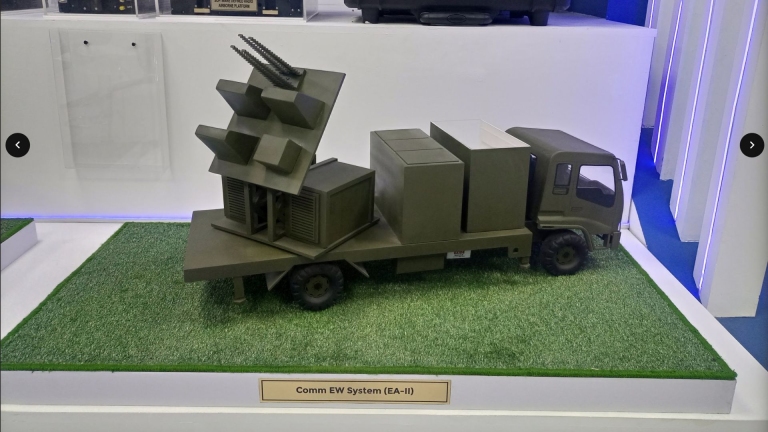
The new upgraded system not only retains the original electronic support measures (ESM) system’s passive detection and direction-finding module (mounted on an Isuzu 6×6 platform) but it also adds two new and distinct electronic countermeasure (ECM) jammers, designated EA-I and EA-II. These jammers feature multi-band arrays (mounted on Isuzu 4×4 trucks), thereby eliminating the need for trailers.
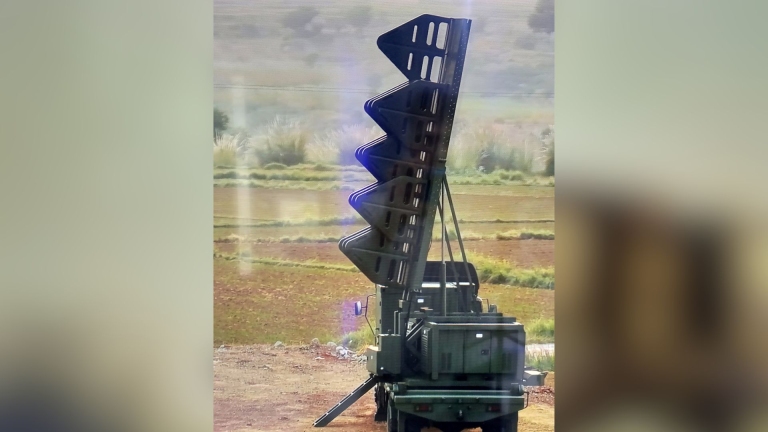
The 4×4 ECM trucks are self-sufficient, equipped with onboard power generation systems, thus enhancing their operational flexibility. While detailed specifications regarding the range of the system remain undisclosed, it is likely designed as a mid-range EWS solution.
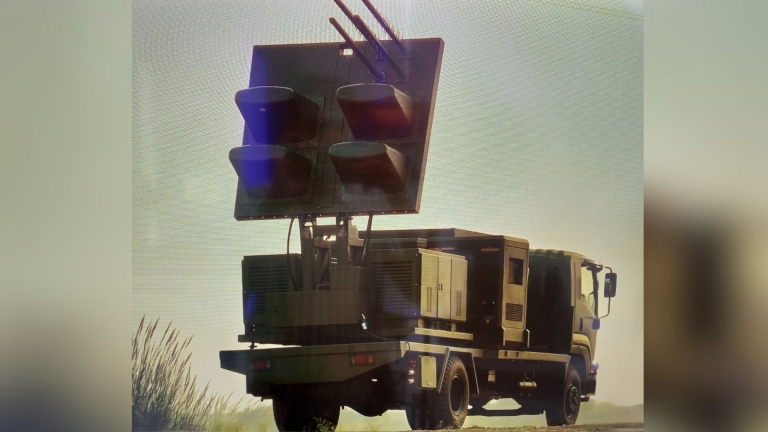
The upgraded C-EW system is mainly designed to target and jam three types of critical communication signals
- Data-link exchanges between airborne aircraft.
- Data-links between airborne platforms and ground-based command-and-control (C2) or ground exploitation states (GES), such as RecceLite GES.
- GPS/GNSS signals, effectively denying positioning and navigation capabilities to airborne assets, such as drones and, potentially, stand-off range weapons (SOW).
GPS Denial System
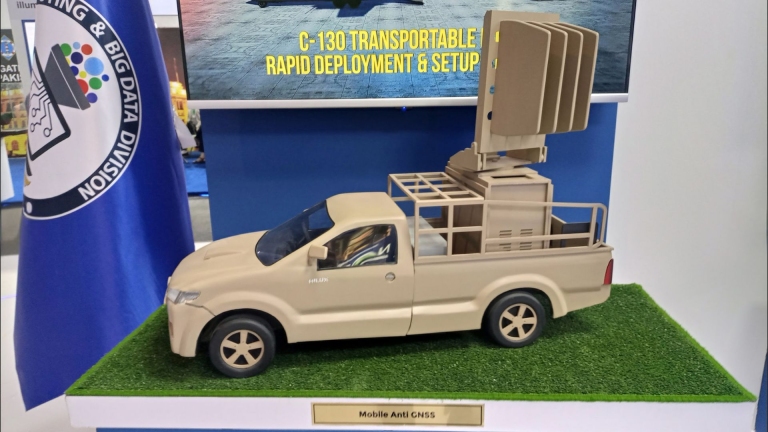
In addition to its larger and more advanced C-EW program, NASTP’s Sensor Division has also unveiled a compact and cost-effective GNSS denial system.
End of excerpt (336/1,123 words)
Existing Quwa Premium members can log in below
Note: Logged in members may need to refresh the article page to see the article.

